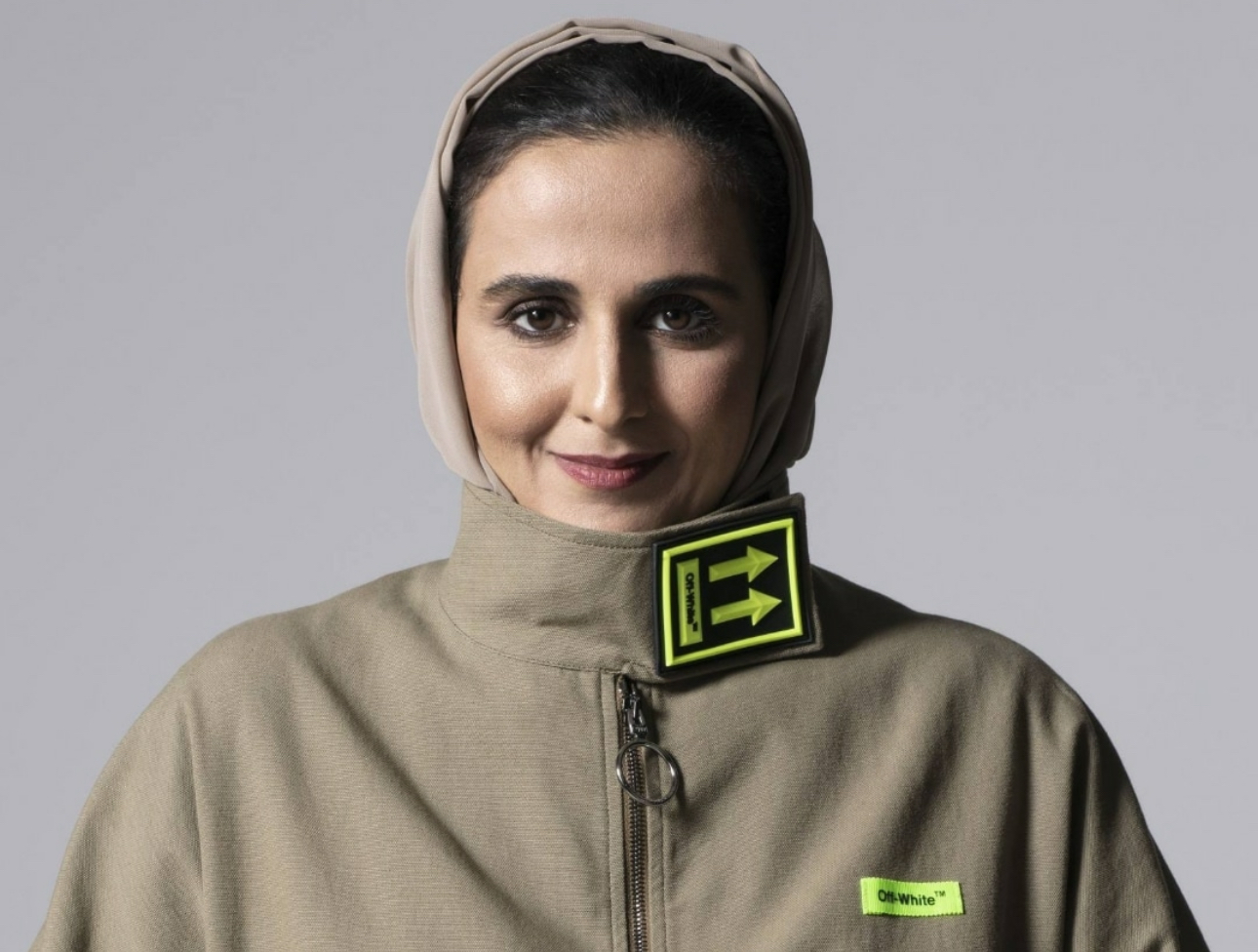
Fewer people are dying on Qatar’s roads, even as thousands of new residents to the country climb behind the wheel each month, recently released government figures show.
While the lower death rate is welcome news, the raft of safety measures rolled out by authorities in recent years has failed to stem the rising number of serious injuries suffered in traffic accidents.
A monthly bulletin released by the Ministry of Development Planning and Statistics (MDPS) says 23 people died in vehicle collisions in December 2014, bringing the total for the year to 222.
A separate MDPS document said there were 246 deaths in road accidents in 2013.
The decline in the number of deaths is even more significant when Qatar’s rising population is taken into account.

Using year-end population figures, that works out to approximately 9.93 road deaths per 100,000 residents in 2014, compared to 12.2 per 100,000 residents the previous year.
This means that Qatar is on track towards meeting its National Development Strategy goal of reducing traffic fatalities to 10 deaths per 100,000 residents by 2016.
However, the latest numbers also suggest that the country has yet to make significant progress towards meeting its ambitious targets set out in its National Road Safety Strategy.
While it welcomes lower road death rates, the strategy’s authors want to reduce the absolute number of fatalities to 130 by 2022.
The document also wants to cut the number of serious injuries by half, to 300 cases. But rather than decreasing, incidents of major injuries are actually on the rise.
There were 671 cases of major injuries resulted from traffic accidents last year, up from 642 in 2013.
Accounting for the Qatar’s growing population shows an improvement.
There were 30.02 cases of serious injuries per 100,000 residents in 2014, down slightly from 31.84 per 100,000 the previous year.
Building safer roads

Recently published research by Qatar University shows that the number of accidents has outpaced population growth over the past 18 years.
The same report found that the vast majority of those killed on Qatar’s roads are young men between the ages of 20 and 30 years old with less than four years’ experience.
Separate research found that most serious collisions in Qatar occur on high-speed rural roads, which lack safety features to help prevent vehicles from running off the road or median separators to avoid head-on collisions, according to the country’s National Road Safety Strategy.
The report argues that streets should be designed so that drivers can anticipate the road ahead, which would help reduce the number of crashes. Roads should also be “forgiving,” so that when collisions do occur, they are less likely to result in serious or fatal injuries.
Examples include better-designed crash barriers, crosswalks and layout – such as banning on-street parking on high-speed roads.
The country’s public works authority, Ashghal, appears to be moving in this direction and has budgeted some QR600 million for a series of street safety improvement programs.

However, local residents have said that they want to see a greater police presence and more stringent application of traffic laws to bring down the number of accidents on the country’s roads.
The government appears to have taken steps to boost enforcement efforts through the creation of a dedicated highway patrol unit and installing radar cameras to catch speeders.
Here’s a copy of the full report:
Qatar Monthly Statistics Bulletin – December 2014
Thoughts?







